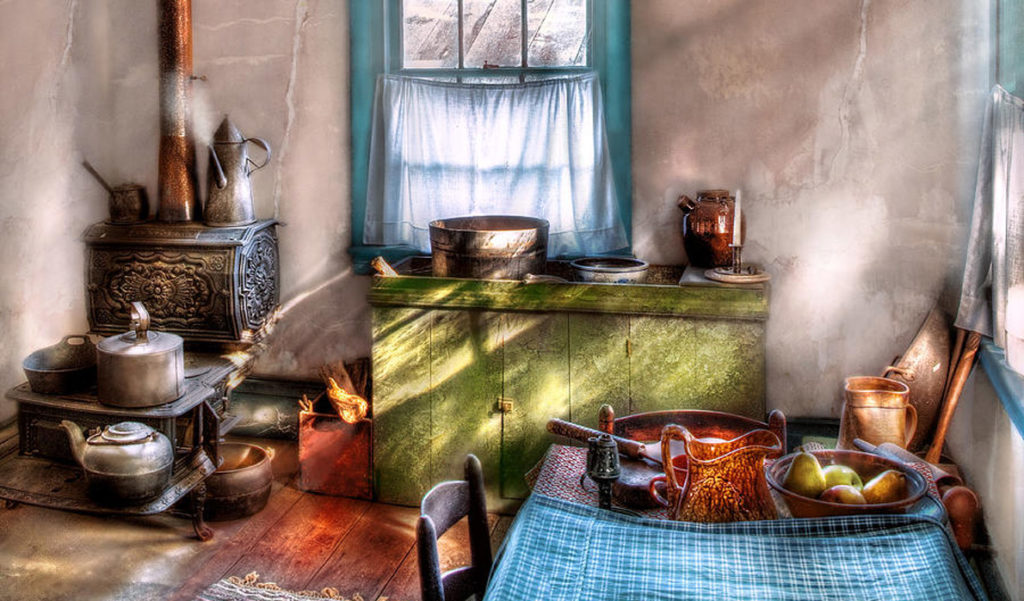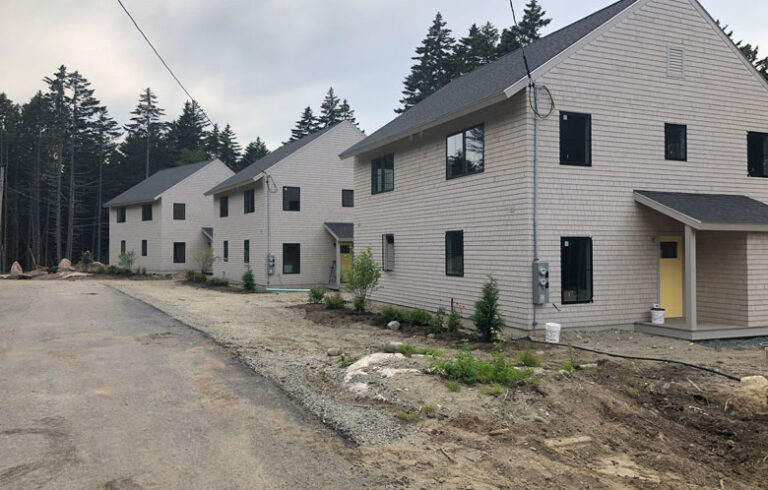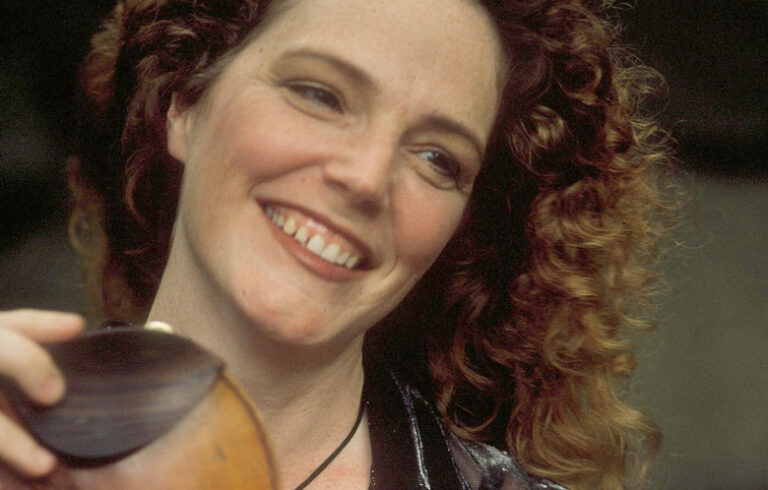It boils down to this: whose energy are you going to use, your own or the energy you buy from the power or gas company?
A few weeks ago, we had a half-day conference on Islesboro devoted to energy issues—how to conserve it, how to find alternative sources. While I listened to discussions of window insulation, heat pumps, and municipal solar arrays (Islesboro will join several others with one on our town hall roof), I thought about the time I spend in the kitchen, which is a lot, and how energy expenditure applies there.
I still do quite a lot by hand, but over the years, a few more energy-sucking appliances have sneaked into the house, like an electric coffee maker, and a big, honking self-freezing ice cream maker. I’ve had a food processor for years now, and when the blender bit the dust, I acquired a stick blender. With a slightly larger household of helpers, both temporary and more or less resident, and an expanded garden, another freezer seemed like a good idea, and seasonally an additional fridge. Ooof.
But as soon as the weather cools off and summer help departs, I unplug the extra fridge and turn the entire wood-room into a walk-in cooler. The uninsulated wood-room connects the kitchen to the barn and is a great place to store kindling, canning jars, the feral cat, and in cold weather, food. Ambient chill keeps cooked food in good condition for a few days, and winter weather pre-freezes food bound for the cellar freezer. Even though I could insulate the cellar with foam sprayed all over the walls, I can’t bear doing that. The stones are beautiful, and the dirt floor moderates dampness so the whole cellar is one great, big, beautiful refrigerator.
Unplugging refrigerators and freezers make big savings, and as far as I can tell now, nearly anything else I can do in the kitchen to save energy, both the purchased kind and my personal effort, has to do with those boring old solutions, thinking ahead and paying attention.
Thinking ahead? Soaking beans overnight or several hours before cooking. Envisioning breakfast when I am full of supper so that I soak steel cut oats to cook in the morning. Same thing with thawing: hauling something out of the freezer in time so I don’t have to zap it in the microwave or set it in hot water to thaw. Timing cooking so that once the oven is on, I bake a few things successively in the run-up to dinner or prepare ahead for use later. Doubling batches of stuff like chili, spaghetti sauce, soups, stews, and slow-cooked braised dishes to make my own “fast food” for eating another day.
That gambit works best in winter when the wood-burning kitchen stove simultaneously heats the house. Even considering the energy it takes to manufacture and transport them from great distance, eating canned baked beans make sense in summer instead of turning the electric oven on for several hours. In winter, the bean pot sits in the wood-burning stove oven, and the beans are perfect after a day’s slow baking.
Having never lived with a microwave for the first 63 years of life, I have gradually and lately learned its utility, again especially in warm weather when heating leftovers on the already-warm woodstove isn’t an option, or making water hot for coffee or tea when the kettle that sits at the back of the stove is cold for the summer.
And then I grew up believing hot soapy water is the cure for all dirty things, from people to dishes to clothes, so struggle with the idea of washing or rinsing in cold water, even though I hear it can be done. Guess I better buy a heat-pump hot water heater.
Paying attention saves energy: eating cooked food before it spoils, making sure the oven is turned off. Imagine my dismay the day I discovered that the electric oven, which also resides in the wood-room, was still on at 400 degrees for two or three days after use. I watch the weather closely to choose laundry days in the salubrious seasons so I can use my trusty old clothesline.
Our Kate has expanded the household’s drying capacity by using the garden fence which creates a charming array of bedding and clothes. In winter and as necessary in summer, the wooden clothes rack works pretty well, too.
Hanging clothes does take more of my personal energy and time than flinging the wet duds into the dryer. I figure I am living right if I can take time to hang clothes as my mother and grandmother did and several of my neighbors still do.
Sandy Oliver lives, gardens, cooks, and writes on Islesboro.





